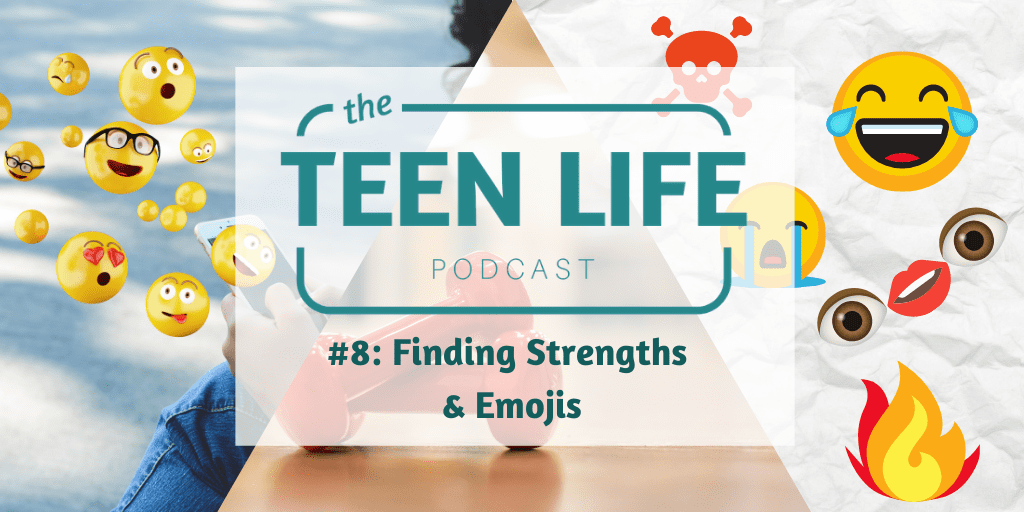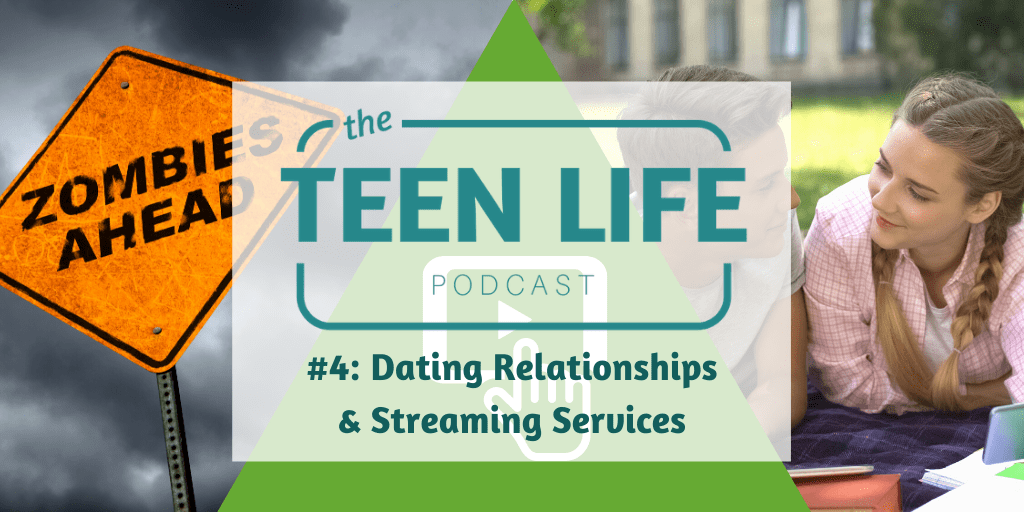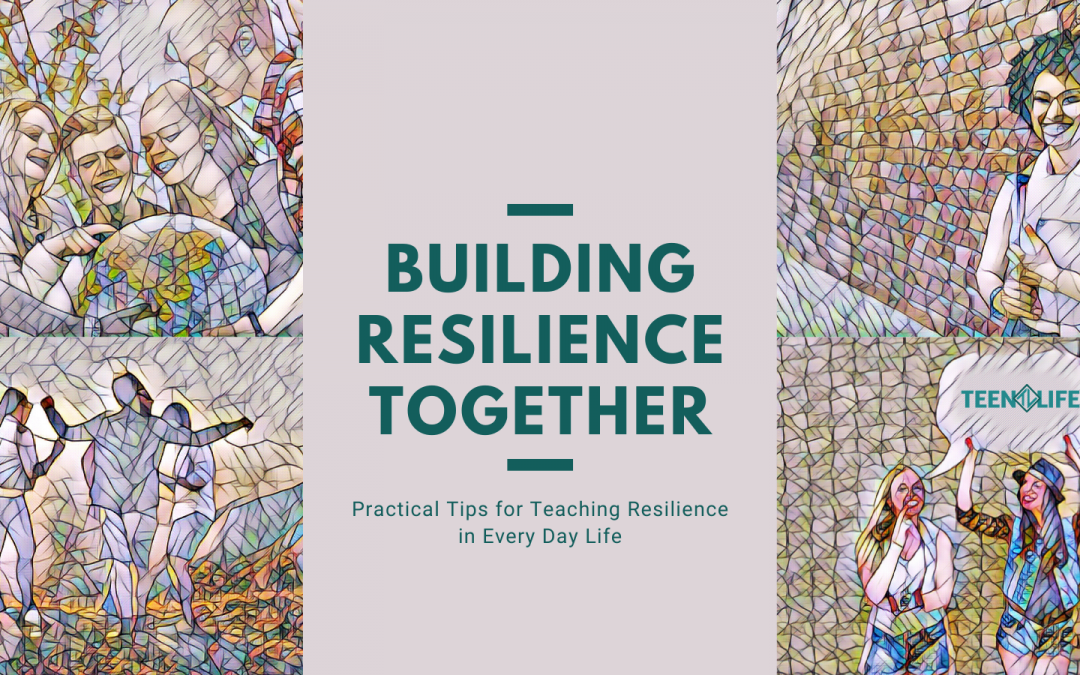My family had a week this month where, from the smallest to the tallest, we were impatient and short-tempered. In a word, grumpy. With no particular cause, rhyme or reason. And then I realized. About a year ago, my oldest came home from school for Spring Break. And he didn’t go back—or go anywhere really—for quite some time.
Grumpy wasn’t the word. Traumatized.
I must admit, quarantine is my jam. From sourdough baking to setting the table for “fancy” breakfast, lunch and dinner every day and long walks around the neighborhood, we have lived up the slow life despite the many setbacks of the Virus.
But there’s something engrained in our DNA that remembers the initial shock and worry of the Unknown and Unplanned For that came last March.
For so many teens, staying home didn’t or doesn’t mean three meals a day with the whole family. At an age where the rituals of graduation and prom and seeing friends at school feel essential, teens were stripped of their rites of passage.
For all of us, last March was traumatic. And despite even the best situations, this year was lonely for most of us.
But with teens in particular, we have an incredible opportunity. At an age where they understand loss, they appreciate more than ever when we take the time to teach them how to overcome it.
And it’s teachable!
In Michele Borba’s* new book, Thrivers: The Surprising Reasons Why Some Kids Struggle and Others Shine, she breaks resilience in to seven teachable traits. Self-confidence, empathy, self-control, integrity, curiosity, perseverance and optimism. Beyond the ability to perform in school, kids that possess any combination of these traits have the ability to thrive. Kenneth Ginsberg in a similar fashion talks about confidence, competence, connection, character, contribution, coping and control.
It’s why we love Support Groups. When students leave our groups after eight weeks saying things like, “I started taking time to think about a situation and find a positive outlook” or “Everyone is struggling with something. I’m not the only one who feels this way.”, we know we’re on to something.
We have an opportunity. Now more than ever, parents, educators, friends, in passing anecdotes and stories, dinner conversations and analyzing math problems, we can give our students a better, fresher start, starting now. We can build resilience together.
A few suggestions:
- Foster conversations about emotions. Help them notice the emotions that characters might be feeling in a story. Turn off the electronics and ask them what makes them happy. What makes them sad? At our house, we play a game called High, Low, Buffalo where everyone has the opportunity to share a high, a low and anything random about their day. Sometimes we stay at the table longer to finish. I’ve found it creates opportunity for connection, but also optimism, even when the first answer is that the whole day was horrible.
- Get excited about the things they get excited about. Without pushing, prodding or encouraging, share their joy.
- Asking questions is more powerful than solving their problems. For us Type A Overachievers it’s easy to jump in and fix everything, but handing back the control fosters confidence and perseverance. Most of the time, they just need someone who cares to listen while they think things through.
- Play “what if.” Help them recognize things that trigger their emotions and help them make a plan in advance for how to deal with it.
- Express your gratitude for at least one thing every day and encourage them to do the same. I’m not talking toxic positivity. Sometimes there’s only one, but one good thing can help them see the light at the end of the tunnel.
No matter whether the students in your life are struggling, striving, or thriving, reinforcing social emotional learning will help them succeed now and as they grow. It’s a win-win.
Have more suggestions on how to help teens thrive? Tell us in the comments!
*We’re looking forward to hearing more from Dr. Michele Borba on resilience and raising the pandemic generation at the Teen Life Summit! Click here for info and registration.














